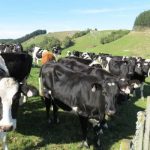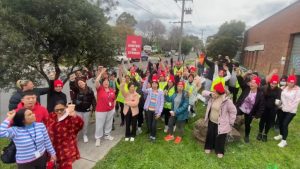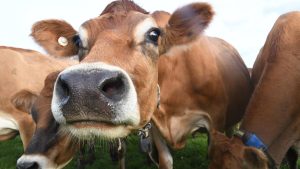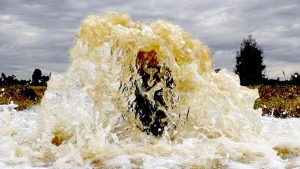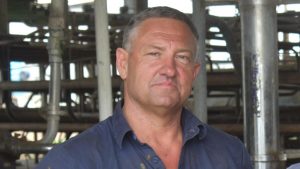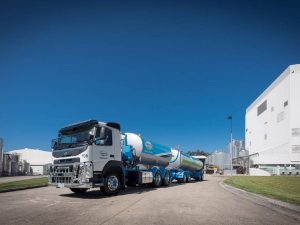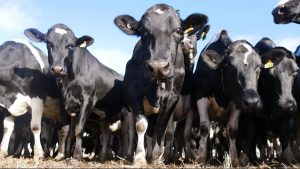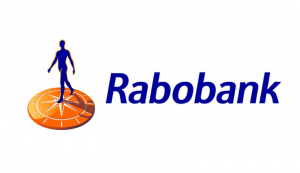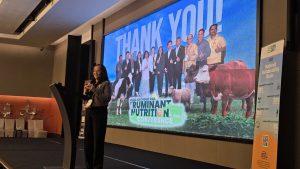
New Zealand farmers are not alone in facing the challenge of striving for value while mitigating their environmental footprint. Senior reporter Richard Rennie is in Australia to find out how our neighbours are approaching the issues of gene technology, carbon farming and sustainability.
With Australia’s dairy sector accounting for only 2% of the country’s greenhouse gas emissions, dairy farmers there face considerably less heat from the spotlight than their counterparts in New Zealand, who account for a quarter.
The sector is still compelled, along with all others, to contribute to the Australian government’s goal to meet its Paris Accord targets, and dairying is aiming to reduce emissions by 30% by 2030.
Dairy Australia’s head of climate and energy, Elissa McNamara, said it remains unclear whether the Federal government will be setting specific and regulated sector reductions in its economy-wide plan for Australia to meet its targets.
“The target we have at this stage is a voluntary target, and Dairy Australia has provided input to the Federal process, while you also have individual states pursuing their own goals too,” she said.
One area the sector has doubled down on in preparation for whatever requirements may come is in helping dairy farmers “know your numbers” on greenhouse gas emissions.
“Until now there has been no incentive or regulatory driver that requires them to know their numbers. But we already have 15% of farmers who have done it already, those that are comfortable working with data, and want to be in front on this.”
This contrasts to NZ, where the new government has given no indication it intends to repeal the requirement that farmers reduce emissions by 10% by 2030, and a further 24-45% by 2050.
Unlike NZ, where there are now multiple tools for calculating farm GHG emissions, the Australians have steadfastly focused on only having two tools, with the main one being the Dairy Carbon Calculator (DCC).
“We have seen that having multiple tools does not support a united voice when addressing government, and it is confusing for farmers.”
Built with dairy levy payments, the DCC is free to all farmers.
While the Federal government is about to legislate on mandatory emissions reporting, it does not directly capture dairying at this stage – though farmers are likely to be required to provide the data through dairy processors’ Scope 3 emissions reporting. At this stage processors’ Scope 3 emissions targets are not clear.
In NZ, Fonterra has laid out a 30% reduction in Scope 3 farm emissions target to be achieved by 2030.
“There is no ‘stick’ here yet, this is very much about trying to keep it that way, it is about supporting and enabling farmers,” McNamara said.
Research to help mitigate the sector’s GHGs include research into genetic traits that deliver a lower intensity of gas per kilogram of milk solids produced.
Collaborative research partnerships on mitigation tech includes working with DairyNZ. While red seaweed is an Australian discovery proving to help reduce methane in beef feedlots, McNamara said it still remains to be fully proven in free-range pastoral applications.
You can now read the most important #news on #eDairyNews #Whatsapp channels!!!
🇺🇸 eDairy News INGLÊS: https://whatsapp.com/channel/0029VaKsjzGDTkJyIN6hcP1K


